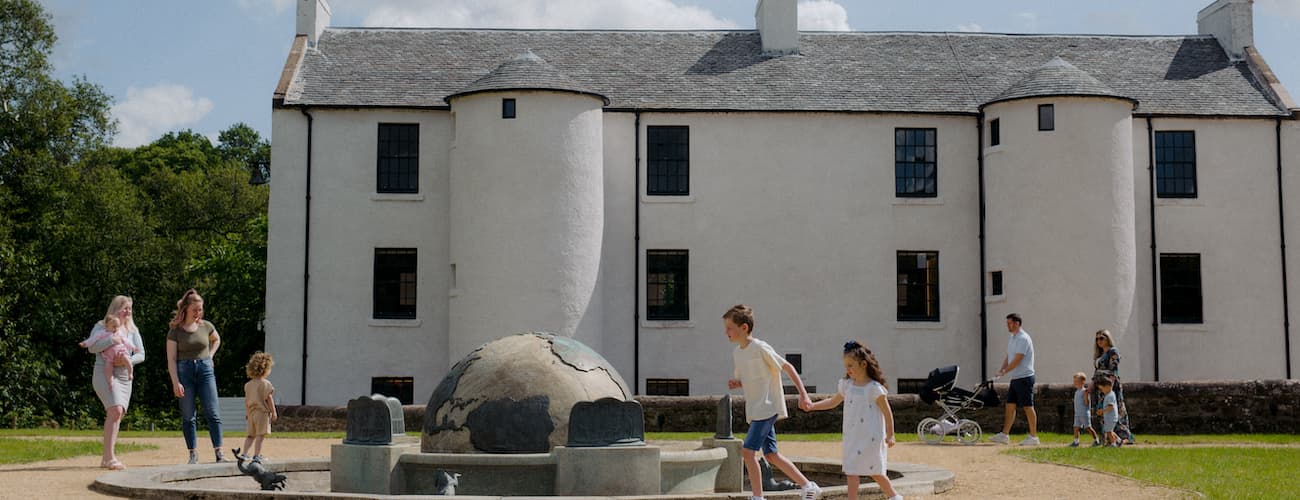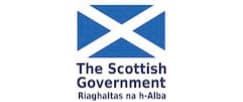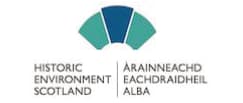Mini Series - Tunya Investigates! Episode 1 - Conservation
Welcome to Tunya Investigates! The new podcast mini-series brought to you by the David Livingstone Birthplace Project.
Join Tunya the Lion as he learns all about the Museum Collection and about David Livingstone himself. Today we are discussing a very special Hippo tooth from the museum's collection, how it got there and how we look after it. With special guest Learning Assistant Rosa Cato and host Tunya the Lion.
Transcript
Tunya: Hello, my name is Tunya and this is Tunya Investigates, which is part of the David Livingstone Birthplace Podcast. Today I’m talking to Rosa Cato, a Learning Assistant at the David Livingstone Birthplace Project. Today we’ll be investigating Conservation and we’ll be talking about a very special object in the collection. We hope you enjoy the programme.
So, what object are we talking about today?
Rosa: Today Tunya, we’re talking about a portion of a broken tooth. This very large tooth differs from other teeth hippos have and are sometimes called 'tusks.' Also referred to sometimes as 'ivory.'
Tunya: What kind of animal does this come from?
Rosa: A hippopotamus, which we usually call a hippo. They're found all over sub-Saharan Africa in areas like rivers and lakes.
Tunya: Why do we have it in the collection?
Rosa: A label on the object tells us that it was lent to the museum by a Mr. R H Cameron. We need to do more research to learn about him and how he acquired the tooth, because the animal the tooth came from was likely in Southern Africa during its life, it helps us imagine the environment David Livingstone, his family, and his crew might have encountered while living there.
Tunya: That’s interesting! And how do we look after it?
Rosa: Ivory is a hygroscopic material, this means that it tends to absorb moisture from air, much like wood. It absorbs or releases moisture with changing humidity - which means the amount of water that’s in the air - swelling or shrinking in response to variations in its moisture content.
Changes or fluctuations can cause very severe cracking and warping. Museums should be particularly aware of this with thin ivory objects. This object is quite dense in some places, so the biggest risk is chipping due to movement or handling by people, but some of the edges are quite thin, so we need to make sure the rooms we store the object in is climate controlled. Bugs can be a problem with most museum objects, too, but ivory is rarely attacked by insects.
Tunya: If this object is illegal to buy and sell, is it ok that we have it in the collection?
Rosa: Ok here it gets a little complicated. Right now, it isn't 'illegal' to trade hippopotamus ivory (teeth), but it is frowned upon and museums can get into trouble for acquiring ivory even when it is done through the proper channels. The Ivory Act (2018) prohibits trade of all elephant ivory (with very few exceptions); but there is a new law that may be soon coming into effect that would add animals like hippopotamus and warthog to the list of banned ivory trade.
Now, accredited museums, like the David Livingstone Museum are exempt from most of these rulings as it bans the trade, not the display of objects acquired before 1947. Some other exceptions include items like musical instruments made before 1975 (mouthpieces and valves were sometimes made from ivory).
Tunya: That’s interesting! And will this object be on display in the new museum?
Rosa: It won’t be on display unfortunately, but a hippo skull and a hippo tooth will be!
Tunya: Thank you very much!
Rosa: You’re very welcome!
Tunya: Thanks very much for listening. That was the first episode of Tunya Investigates, which is part of the David Livingstone Birthplace Podcast. Thanks very much to our special guest Rosa Cato and to our Collections Manager Kate Smith. Stay tuned for next time when we’ll be talking about David Livingstone’s childhood in a factory in Blantyre. We hope you enjoyed the programme and we look forward to seeing you next time. See you later!






